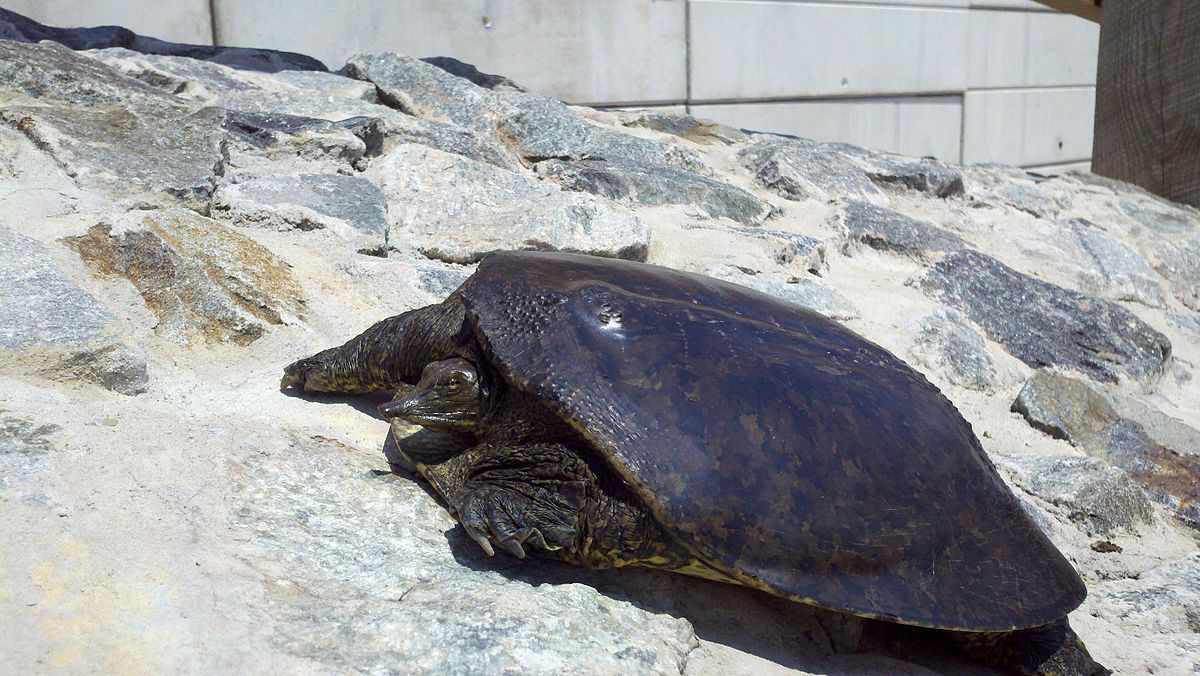Happily,
we are recognising which ones might become endangered or even have the
possibility of becoming extinct, and steps are being taken to preserve a
good few. Everyone knows about the Giant Panda for instance, and in
2016, their status was upgraded from ‘endangered’ to ‘vulnerable,’ as a
result of focused breeding and conservation efforts, including the work
done by the National Zoo and Conservation Biology Institute and the
China Wildlife Conservation Association. But there are still not many
left - only 1,864 pandas remain in the wild according to the World Wildlife Fund, and roughly 600 are reported living in captivity.
Here’s
another one - what do you know about the African Forest Elephant? They
are smaller than the others, and have tusks that are straight and point
downward, unlike the savanna elephants who have upward-curved tusks.
You might group all elephants together and say yes, they are the victims
of poaching for their tusks – which they are – but this one has a
slower reproductive rate than any other. They do not reach sexual
maturity until they are 23, and have a gestation period of around two
years. In this case, population decline caused by poaching, bushmeat
trade, logging operations, and loss of natural resources is more
devastating. According to the African Wildlife Federation, if poaching
stopped today, scientists say it would take 81 years to reverse the 62%
decline experienced in the last decade.

How do animals become endangered, or even extinct?
Sadly,
it has a lot to do with us humans. Loss of habitat is one area where
land is developed for housing, industry and agriculture. Development
can eliminate habitat and native species directly. In the Amazon
rainforest of South America, developers have cleared hundreds of
thousands of acres. To ‘clear’ a piece of land is to remove all trees
and vegetation from it, and is cleared for cattle ranches, logging, and
urban use.
Many
animals have a hunting range of hundreds of kilometres. For instance,
the mountain lion of North America needs a territory ranging from 30 to
125 square miles to live and reproduce. As urban areas expand into the
wilderness, their habitat becomes smaller, meaning fewer mountain lions
could be supported. Because enormous parts of the Sierra Nevada, Rocky,
and Cascade Mountain ranges remain undeveloped, mountain lions are not -
as yet - on the endangered list.
The Red List
The
International Union for Conservation of Nature keeps a ‘Red List of
Threatened Species’, and this list defines the severity and specific
causes of a species’ threat of extinction. The Red List has seven levels
of conservation: Least Concern, Near Threatened, Vulnerable,
Endangered, Critically Endangered, Extinct in the Wild and Extinct. Each
category represents a different threat level. Biologists,
anthropologists, meteorologists, and other scientists have developed
complex ways to determine a species’ probability of extinction. These
formulas calculate the chances a species can survive, without human
protection, in the wild. Some species are already extinct just since
2019 - Black Softshell Turtle, Père David's Deer, Hawaiian Crow, the
Wyoming Toad, the Franklin Tree. Yes, they may seem insignificant, and
you have probably never heard of them – but it is the tip of the
iceberg. Over exploitation (hunting, overfishing), invasive species,
climate change, emerging diseases and nitrogen pollution are all
additional reasons for extinction. 75% of the world’s food crops are
partially or completely pollinated by insects and other animals, and
practically all flowering plants in the tropical rainforest are
pollinated by animals. The loss of pollinators could result in a
decrease in seed and fruit production, leading ultimately to the
extinction of many important foods.

I
don’t think there is a single answer to preservation. This shouldn’t be
a problem we leave for the next generation. The planet is warming, and
some species are losing their habitat because of it and will die out,
if they haven’t done so already.
Preservation
plans are a subject too complex for me to tackle here in this little
space, but surely this is something we should all be doing something
about. Knowledge is power - it’s up to us to keep ourselves informed
and act on it.
Marilyn writes regularly for The Portugal News, and has lived in the Algarve for some years. A dog-lover, she has lived in Ireland, UK, Bermuda and the Isle of Man.







